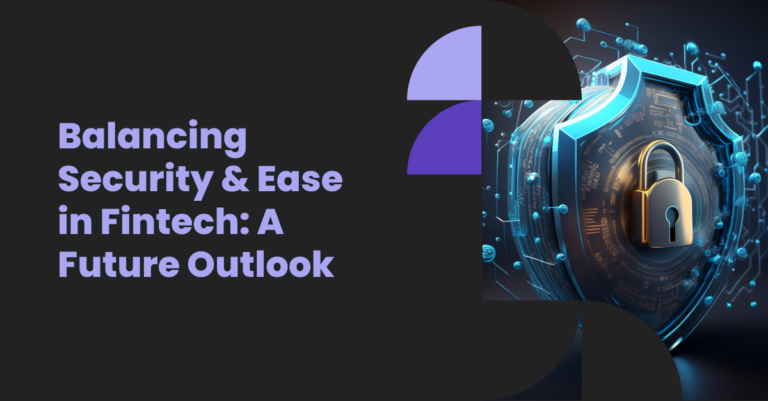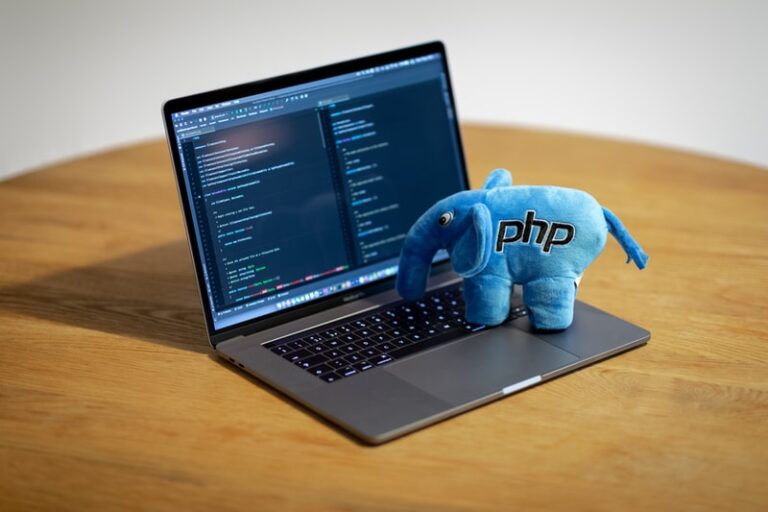Comparing two programming languages is like comparing different screwdrivers – both are tools of a particular kind, but a flat-head screwdriver wouldn’t be very helpful for a Torx screw. In the same way, it may seem difficult for non-programmers to differentiate between Java vs Python. They, however, have more differences than similarities.
- Java is an object-oriented programming language created under the slogan “Write once, run anywhere” by Sun Microsystems in 1995. Java is a language of Android development and proprietary software in the enterprise environment. Its syntax was influenced by C and C++.
- Python is a general-purpose, interpreted high-level programming language created by Guido van Rossum in 1991. Python supports multiple programming paradigms, while its design philosophy emphasizes code readability. It’s beginner-friendly and highly popular among non-programmers: scientists, engineers, mathematicians, and data engineers.
Real-life experiences shared by programmers who switched from Python to Java (and vice versa) demonstrate the differences between the languages best. This article is not an attempt to decide which of the two languages is better – they both are toolkits for solving different tasks. It’s more helpful to describe the areas where their features and functionality work best.
Python and Java: Overview
Those who have at least basic knowledge of programming languages know that Java has been extremely popular since its creation. The TIOBE programming community index has ranked the language in the top 3 for a good twenty years.
However, in recent years, Python has made a rather impressive climb through the ranks. By Autumn 2020, the language had entered the top 3, leaving behind such giants as C ++, C #, JavaScript, and PHP. The most recent TIOBE index shows that Python took over Java in the second-place battle since May 2020.

Less experienced coders attempt to compare Python vs Java performance in total. However, it’s more reasonable to compare single features in reference to the tasks and problems that need to be solved.
Python
Statistics, data science, neural networks, and AI-powered technologies – since more non-programmers started using coding in their professional domains, Python has attracted a lot of attention. The Stack Overflow Developer Survey 2020named this language the most wanted in their rating.

Python is a universal, modern high-level programming language with a structured, well-read code for creating high-performance software solutions. Python has simple syntax, which makes it attractive for beginners and people with little experience, as one can learn this language in a relatively short time.
Python’s creators developed the concept of Python programming philosophy named The Zen of Python. It’s a set of 19 “guiding principles” that the language developers consider important and included in the Python interpreter as an Easter egg.
The programming language took the name after the popular 70s show Monty Python’s Flying Circus. However, most users don’t know about it and associate the name with a snake. The language’s creators had a goal to make programming simple and fun.
Some of the language’s key features may explain why it’s so popular.
- Its core has a very convenient structure.
- You have access to a variety of built-in libraries that allow you to apply an impressive set of useful functions and features.
- Python supports a wide range of application development styles, including object-oriented and functional programming.
- CPython is one of the most popular language interpreters. It’s written in C, has free-license distribution, and supports the most popular platforms.
- Python is actively developing – updates are available several times a year.
- The language doesn’t require many coding standards like ANSI, ISO.
Java
What is Java used for? Java is an object-oriented, class-based programming language widely used in backend and Android development. Some might say Java is everywhere – from pretty much every app on your phone to server rooms of gigantic corporations.
Oracle, the tech giant that owns Java, reported 45 billion active Java virtual machines and 25 billion active cloud-based Java virtual machines globally. According to Oracle, Java is used in more organizations than any other development language.
James Gosling and his associates wanted to create a language with C-like syntax but simpler than C and C++. The creators planned to use Java to program consumer electronics. However, almost immediately after the release of version 1.0 in 1995, developers started using the language for writing server and client software.
Java’s most distinct feature is that its code is first translated into a special platform-independent byte code. This byte code is then executed by the Java Virtual Machine (JVM). It distinguishes Java from the standard interpreted languages like PHP as the interpreter immediately executes their code.
What else is Java used for? In fact, due to its safety, reliability, convenience, and developed ecosystem, Java is omnipresent – from scientific supercomputers to game consoles, from data centers to personal laptops and smartphones.
Python and Java: Is There Anything in Common?
Although both languages are extremely popular and have kept their top-ranking positions for the last decade, there are not many similarities between them. Both Java and Python are general-purpose, object-oriented (not exclusively for Python, however), cross-platform, and most demanded on the global labor market programming languages.
When doing some research, you may find people asking questions like “Java vs Python” or “Which is better?” or “What does Java do that Python doesn’t?” Most likely, you won’t find unambiguous answers – the application depends on the project and its objectives.
Python vs Java: What’s Different?
Knowing how the languages differ according to singled-out factors may help you understand which one to choose for your project. Here’s an overview of the main aspects.
Syntax
The first difference between Java and Python, most people notice, is the number of lines of code used for the same task. Python is compact, which makes reading easier. Although you might think readability is a secondary issue for your own code, it’s a different story with collaboration, joint, and open source projects.
Python sometimes may resemble simple English. It simplifies not only reading but also interpretation. Working with Python, there is no need to know a ton of technical terms in advance, like in Java coding. It’s also one of the reasons why Python is a general recommendation for beginners as the first programming language.
Indentation is another element that makes Python readability easier. While many programming languages ignore tabs or whitespaces, Python actually uses them in its code. Unlike Java, Python’s code doesn’t require bracing blocks to define them and using semicolons at the end of statements. Each new line is a new statement. Python also offers a clear and well-written style guide called PEP 8 to help you understand code formatting and what Python coding experience is.
Typing
Python is a dynamic-typed language, while Java is static.
In Java, it means when you declare a variable – a word representing part of the data – you need to describe what it is. It can be a “string” (word or sentence), an integer, or a floating-point number (decimal number).
In Python, you don’t have to decide which variable type you’re using immediately. Similarly, function arguments can be passed to any object. Python’s dynamic typing makes it convenient and easy to use. However, sometimes this can make the code more confusing for a random observer and lead to errors if it has not been properly commented on.
Compiling and Interpreting
These terms do not refer to the languages themselves but to their implementations. Technically, any language can be compiled or interpreted using certain software.
Python is an interpreted language. It means that you need to install an interpreter that can read and understand the Python code. It also means that if someone else is going to use your code, they will also need an installed interpreter.
Java is compiled in two stages. The Java compiler converts source code into byte code. The JVM then transforms them into machine-readable instructions and executes them. Byte code can be compiled or interpreted. Thus, what Java is good for is to create more portable code, but you may still need to take a few steps to get it in a user-friendly form.
Java vs Python: Application Examples
Choosing between Java or Python solely depends on your project’s details. As was mentioned before, the two languages have distinct features that define their application ways.
Developers use Python in:
- Data science;
- Data analytics and data visualization;
- Business applications;
- Web development;
- AI and Machine learning;
- Internet of things;
- Some parts of game development.
Developers use Java in:
- Android app development;
- Desktop applications;
- Industrial programs;
- Banking software;
- Scientific software;
- Software working with Big Data;
- Web applications, web servers, application servers;
- Embedded systems;
- Corporate software.
However, in today’s environment, professional programmers are required to be multi-skilled and know several languages to widen their capability range and increase their labor market value. Although Java may seem more complex for Python programmers, experienced specialists regularly switch and update their toolkits.
Python vs Java: Final Thoughts
Whether you need Java or Python or are wondering when to use Python vs Java – to find solutions to these questions, you need to understand your project’s goals and objectives and have an elaborated implementation plan. Knowing your tasks makes a choice easier.
Often, when facing a launch of a new project, people research questions like “Is Java hard to learn?” or “Should I learn Python or Java?” Most sources will tell you that Python is easier and more beginner-friendly. And many beginners achieve quite impressive results if they have enough time to invest in this new endeavor.
However, often, time is a luxury. The best way, in these cases, is to hire dedicated professionals to ensure that your project being successful. Develux’s team of Python experts is ready to help you with various projects – whether it’s machine learning, data analysis, backend development, or test automation. Our cost-efficient plans include multi-platform, highly scalable, secure, and easily integrated solutions.
















